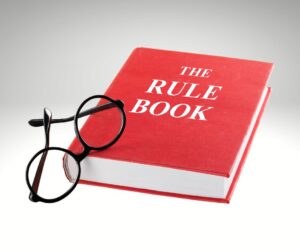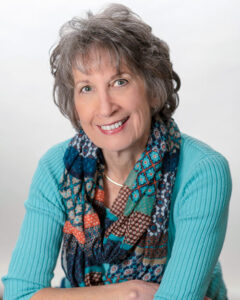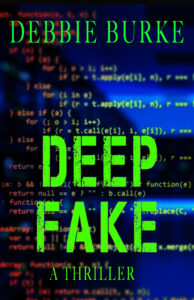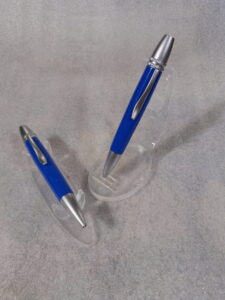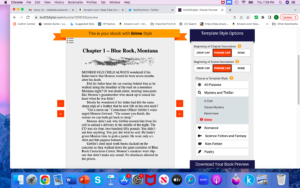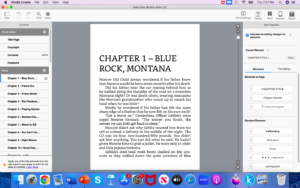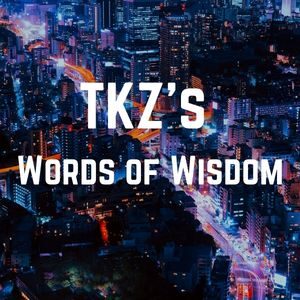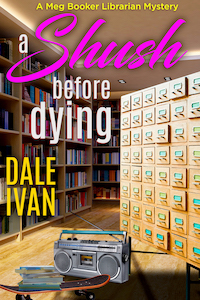When I finished my talk to a large civic group last month and took questions, a lady’s hand shot up. “Where do you get your ideas?”
I shrugged. “They’re everywhere. Willie Nelson once said that songs are just floating in the air and all we have to do was reach up and grab them. It’s the same for me when I’m writing. They come from nowhere, and everywhere.”
I’d been discussing my most recent upcoming release and a gentleman on the front row spoke up. “So did your idea for Hard Country come from the news or is it totally from your imagination?”
The question was one of those softballs I love. “It’s real, in a sense. A few years ago, we had a ranch in Oklahoma that should have been heaven, and it was in most cases, but our house was across a gravel road, three hundred yards from a ‘buy house’. Cars ran the roads at all hours of the day and night, coming and going to buy drugs.
“during the same period of time, meth-heads broke into our place more than once, kicking in the door and ransacking the house. I got pretty good at repairing door frames and locks, that did little good. Then they stole my brother-in-law’s truck and we learned that the first place the thieves drove it to that night was buy house to trade some of our stolen items for drugs. The law was little help, because more than one member of that small-town sheriff’s department were related to the dealers, so they tended to look the other way.
“It took an unconnected DPS officer to arrest one of the criminals before they launched an investigation. It did little good, and as far as I know, they were still selling drugs out of the old trailer house today. That idea eventually became the basis for the first Tucker Snow novel that will release August 1, 2023.”
Another hand. “So do you have any ideas for another book?”
“I have dozens, and some of them will never be written by me.”
“Name one.”
“Are you a writer looking for ideas?”
The audience laughed and the lady answered. “No, I just like to hear what writers are thinking.”
“When you’re talking to a thriller or mystery writer, they’re most likely thinking of interesting ways to kill you.” I paused for effect and she gave a nervous laugh that the others enjoyed. “But here’s one you might be interested in, because I believe my grandson has a paranormal connection some people won’t believe…”
And that gave me the idea for today’s post. Consider this proposal for your consideration.
My two-year-old grandson, Caden, piqued my interest in a possible book when he could barely talk. Sunday afternoons are usually pure chaos at our house as both daughters and their families come over to what we call here in Texas, supper. All five kids always want to get in the pool, and that’s where our story starts.
That weekend the Bride bought floats and several water toys, including a package of old-fashioned water guns. The older kids immediately filled them from the pool and commenced to spirting each other and any unwary adult who might wander past. I was one of the first victims, and in response, I took up arms and looked for a target, immediately ruling out the Bride.
Caden saw me and that’s when things got weird. This kid who only watched Bubble Guppies and Paw Patrol grabbed one of the water pistols and squeezed the trigger. His eyes lit up when the stream of water shot out, and the next thing I knew he held the plastic gun at High Ready, looking for a target.
He saw me and I swear this is true, advanced using sophisticated footwork, as if trained by a SWAT team. His form was perfect, and if you want to see an example, find any video of a trained soldier or law enforcement officer moving up in a dangerous situation. He was letter perfect and he shot me several times before ducking out of sight with his back against a wide support pillar under our huge patio cover.
The Bride saw him holding the pistol against his chest, still at High Ready, as I proceeded to find an angle on him. That twenty-four-month-old moved with me, keeping the column between us, then turned the corner to fire again before procceding, again, looking like he’d spent years in the military, or as a law enforcement officer.
Let me make this clear, this kid performed as a trained, seasoned warrior and at that age, had never seen anything like it on TV. Neither of his parents watched movies when the kids were up, because his dad works most nights and is interested in nothing but sports. Good or bad, that son-in-law who only had a vague notion of who John Wayne was, cared nothing for war or cop movies or series.
That wasn’t all. When we wrestled, Caden had moves. He never retreats, but attacks. If one of us played chase with him, he used one hand to slap things in our path to slow us down. If you’ve ever read Lee Child’s Jack Reacher series, Lee describes his protagonist when he was a child. He could have been describing Caden.
When he was threer, he loved to play policeman, and wanted to put us in cuffs.
The Bride’s “office” became a jail.
That made us think he’d been on this earth before. I started thinking about reincarnation and remembered two well-researched events involving a boy and girl who are prime examples of this phenomenon.
James Leninger began to experience nightmares at the age of two. When his parents woke him up, they report he kept saying repeating the same story. “He developed a habit of saying “airplane crash on fire,” and slamming his toy planes nose first into the family’s coffee table. When they woke him from those bad dreams, he often shouted, “Little man can’t get out!” (Jim B. Tucker, M.D. University of Virginia.)
He repeated this behavior over and over, producing dozens of scratches and dents on the table and began to describe being an American pilot in WWII who was killed when his plane was shot down by the Japanese during the battle of Iwo Jima. He gave details that included the name of an American aircraft carrier, the Natoma, the first and last name of a friend who was on the ship with him, and a location and other specifics about the fatal crash, Somewhere around three years of age, he described how a Corsair plane reacted upon takeoff, always pulling to the left, and that particular war plane’s tires and tendencies for them wear out.
His parents eventually discovered a close correspondence between James’ statements and the death of a World War II pilot named Jack Larson. They eventually tracked Jack down and the veteran remembered Huston who was a pilot and friend. He described how Huston’s plane hit by Japanese gunfire and he saw the explosion when on the plane’s nose. Jack confirmed they both took off from the aircraft carrier Natoma, and saw Huston’s plane crash in the ocean, reporting that the nose was on fire.
Little James told his parents his last images from that past life was the sky covered by water, and his feet trying to kick the plane’s clear canopy open, and then nothing.
It gives me chills.
They released a book titled, Soul Survivor: The Reincarnation Of A World War II Fighter Pilot.
Here’s one of many interesting studies of their fascinating story: https://med.virginia.edu/perceptual-studies/wp-content/uploads/sites/360/2017/04/REI42-Tucker-James-LeiningerPIIS1550830716000331.pdf
And a detailed, well-researched article: https://www.dailymail.co.uk/femail/article-1209795/Reincarnated-Our-son-World-War-II-pilot-come-life.html
The more I researched that youngster who is now an adult, it reminded me of another account I read way back when I was in college. It revolved around an Indian girl, Shanti Devi, who was born in 1926.
Not long after she learned to speak, Shanti told her parents about a past life in a town neither she nor her parents had ever been to. Small events reminded her of former memories in India, such as foods she enjoyed, or the clothes she used to wear.
As the years passed, Shanti remembered her name in a past life was Lugdi, and she died shortly after delivering a son in 1925. She even added details about labor pains and surgical procedures she endured. She described in detail the shops and streets in town, and though she refused to reveal her husband’s name, the youngster described a man with fair skin, a wart on his left cheek, and wore reading glasses.
At around age ten, an uncle decided to investigate her continuing and detailed claims about a past life in Mathura,75 miles away. Her story panned out, and the man she insisted was her husband existed. They took Shanti there, hiring a driver to follow her directions without question.
She led them directly to her former house. Devi’s father went in first, and in an effort to trip her up, had the man’s relative come forward, telling her it was her former husband. She said no, it was his her “husband’s” brother, but when Pandit Kedarnath Chaube came to the door, she threw her arms around him and wept, shocking everyone. She said he was her husband, and even identified others by name, including children and the child she says she delivered, and other familial relationships. Shani eventually became part of their family and died in 1987.
There are dozens of websites that discuss this story. Here’s one: https://allthatsinteresting.com/shanti-devi
Whether or not you believe these stories or not, or believe in reincarnation, the fact is they are great concepts that can lead to interesting books in hundreds of different ways.
Feel free to steal these ideas because I don’t need ‘em. They are flying in the air all around us.

 I’ve stated here before that social media in general is my Achilles’ heel. I deeply don’t understand Twitter, which seems bloated and toxic, and I don’t photograph nearly enough of my life to drive my Instagram account. My social media safe space is
I’ve stated here before that social media in general is my Achilles’ heel. I deeply don’t understand Twitter, which seems bloated and toxic, and I don’t photograph nearly enough of my life to drive my Instagram account. My social media safe space is 

